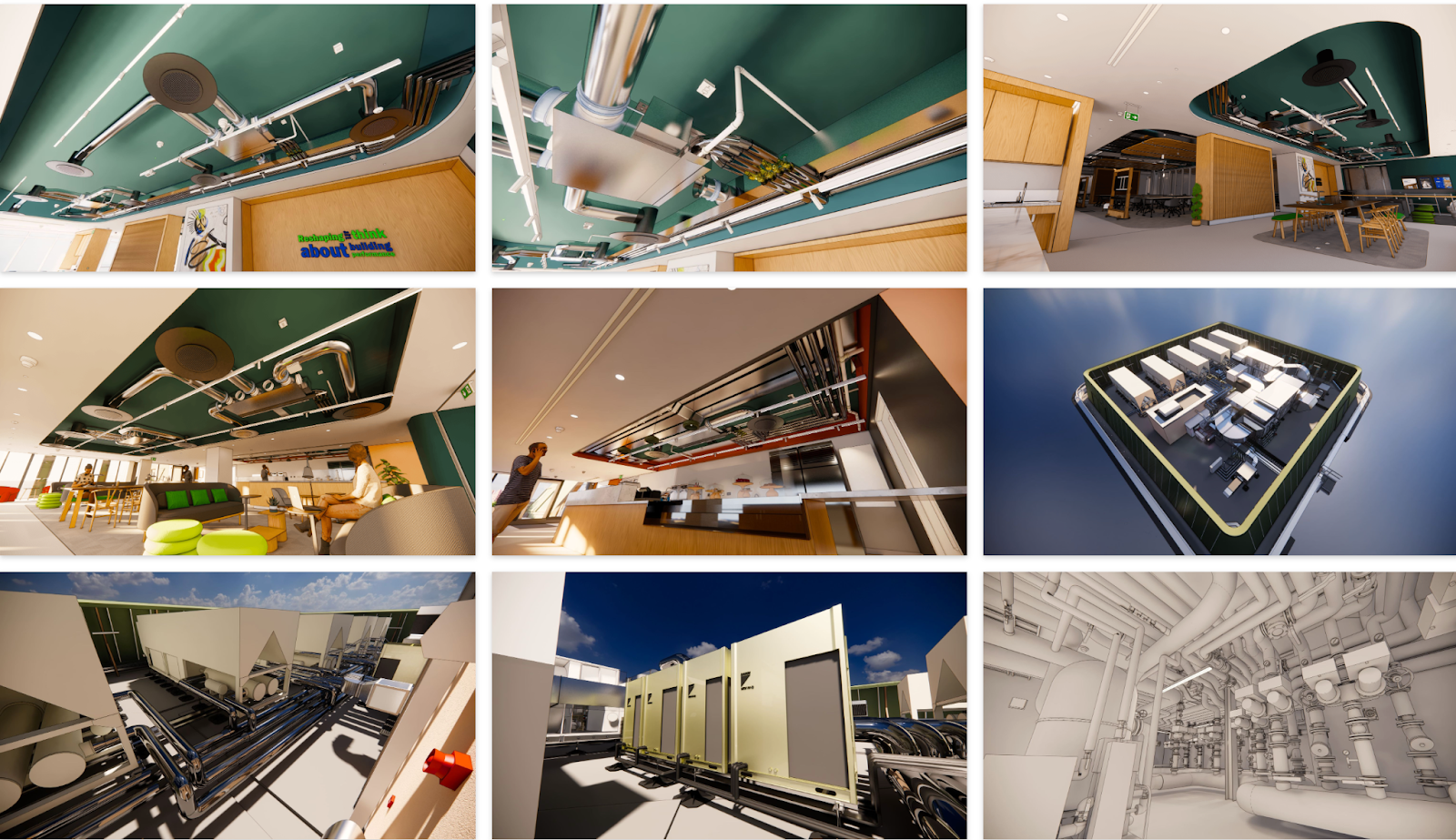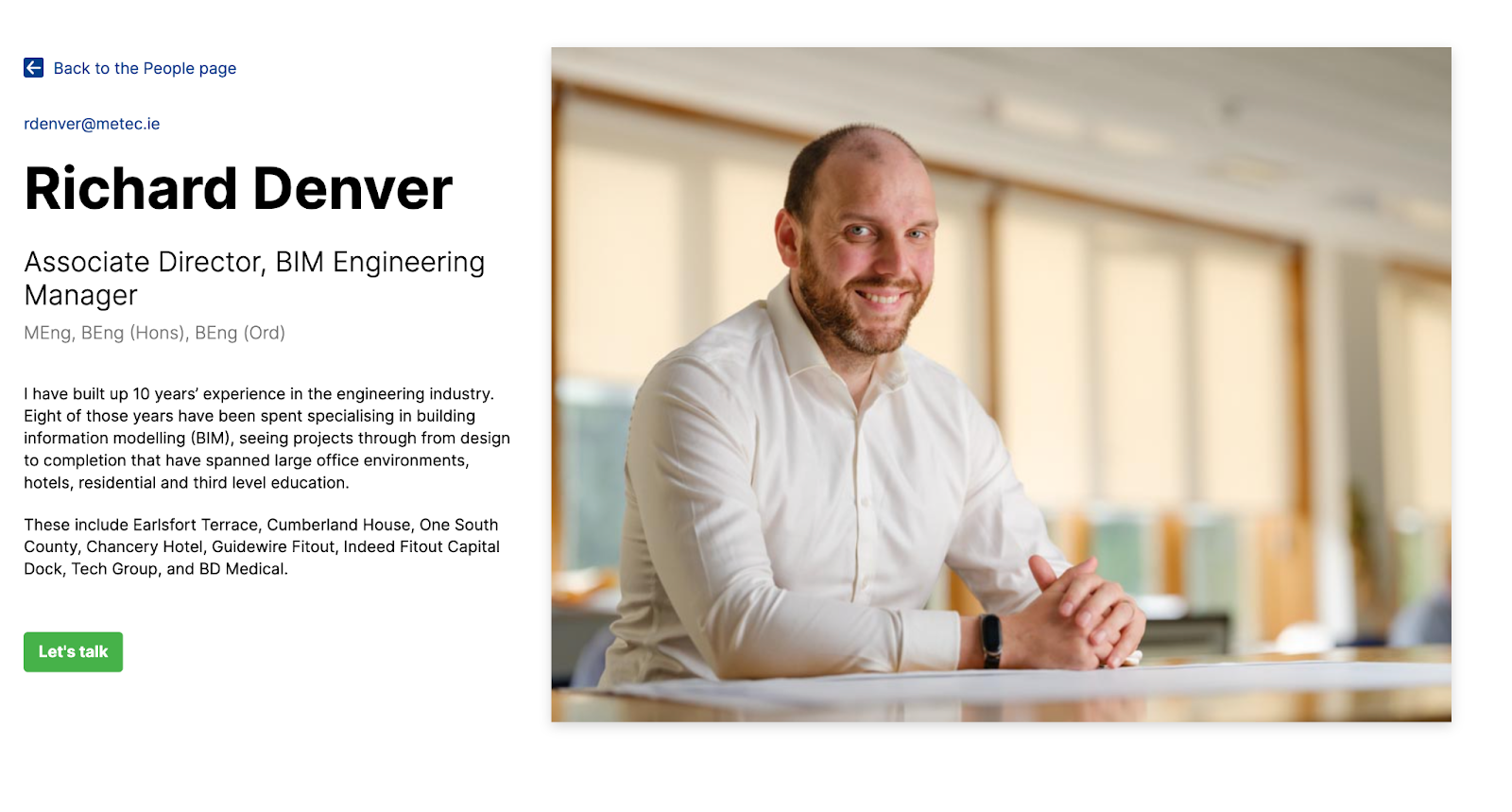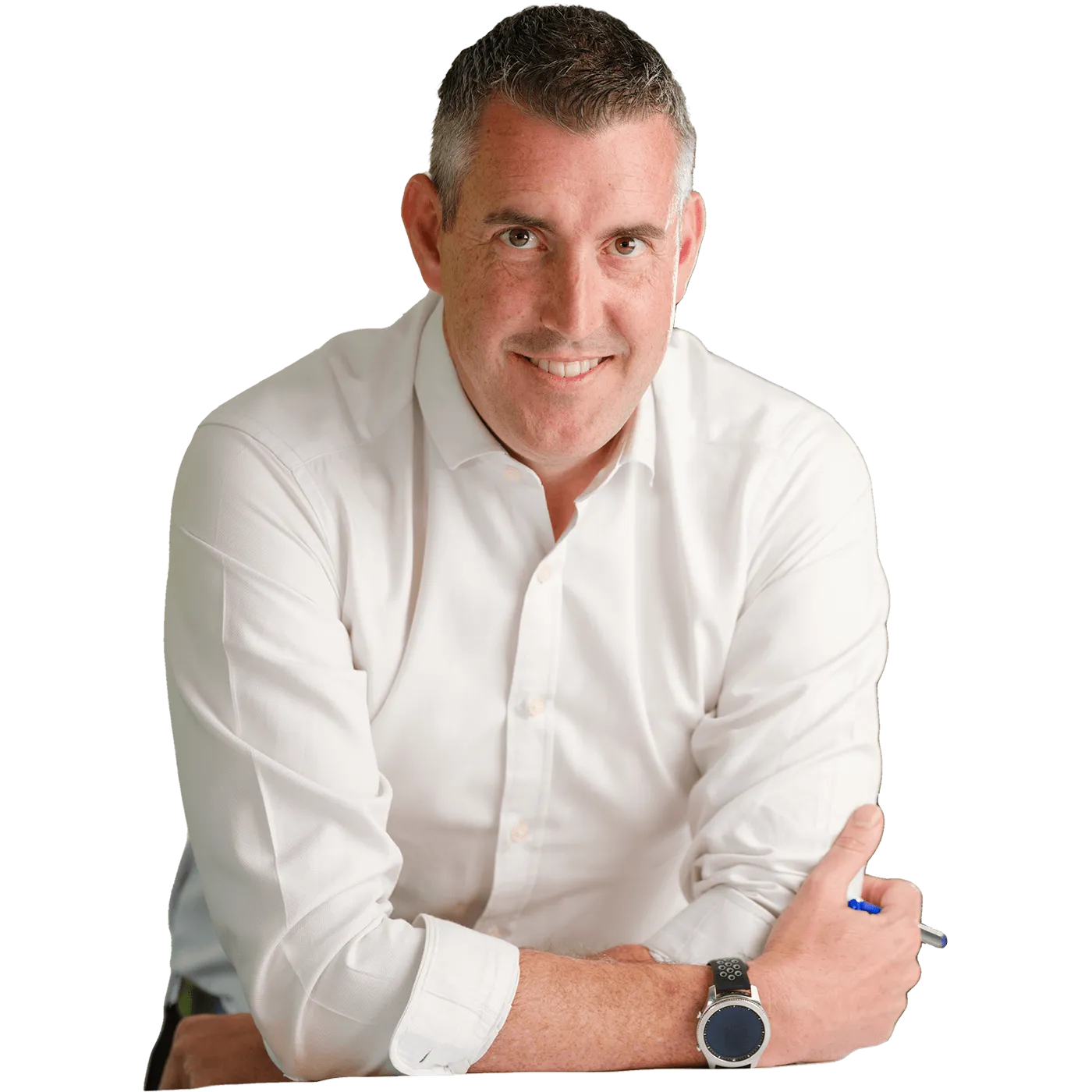How Do You Design a Building That Performs Like It Should?
What it really takes to deliver performance - not just compliance - at design stage.
Designing for building performance starts long before procurement or commissioning. It starts in the model - with data-rich design logic, live Quality Assurance, and the ability to test decisions before they ever hit site.
“The real power of BIM isn’t coordination. It’s design certainty,” says Richard Denver, Associate Director and BIM Engineering Manager.
“We don’t just build geometry - we embed intelligence. Flow rates, loads, outputs - if it’s wrong, we’ll know. And we’ll know early.”
Putting the ‘I’ in BIM: Information - Integration - Innovation
At the heart of this approach is the ‘I’ - information.
Metec’s custom-built Revit families aren’t just shapes. They carry real, validated data: cooling loads, ventilation rates, energy performance, pipe sizing. This makes the model a living source of truth - from early-stage QA to operational handover.
“If a pipe is undersized, it shows up red. If it’s right, it’s green,” Richard explains.
“We use that system-wide - so we know the pump sizing is right, the ventilation’s right, and the model actually reflects how the building will work.”
That level of visibility drives better decisions early - and fewer surprises later.
See it before you build it:
.gif)
From Design to Simulation: OEM as the Next Logical Step
Once the model is validated, it feeds directly into Metec’s Operational Energy Modelling (OEM) process - a natural extension of the BIM workflow.
“We actually exported all the fan coils and lighting from the model and gave it to Evan on the sustainability team,” says Richard.
“He got a full asset list at construction stage and was able to calculate how much energy the building was actually going to use.”
That live data becomes the foundation for understanding operational performance - not just theoretical compliance.
OEM enables:
- Scenario testing before procurement
- Early insights into running costs
- Better alignment with LEED, BREEAM, and ESG frameworks
- A cleaner, faster transition into sustainability modelling
“That’s what lets us give clients clarity. It’s not a projection. It’s real performance data - early enough to act on.”
And because the BIM, OEM, and sustainability teams all work together in an open-plan office, the collaboration is built in.
“We’re constantly handing information back and forth - not as a handover, but as part of the process,” Richard explains.
“The OEM guys are working off our live design data, so clients get joined-up thinking from day one.”

Project Snapshot: KPMG HQ, Dublin
A smart approach to building performance was central to the refurbishment of KPMG’s Dublin HQ:
- BIM was used to tag and model all major systems
- Smart features like occupancy sensors and asset-level metadata were integrated at design stage
- The OEM team modelled projected energy use from real design data
- LEED modelling was delivered in-house by Sustainability Engineer Evan Leung
- A digital asset register will be provided provided to the FM team at handover
“They will be able to track how rooms are used, where systems are running efficiently, and where energy is being wasted,” says Richard.
“That kind of visibility supports everything - from ESG reporting to cleaning schedules to tenant comfort.”
Ready for (FM) Facilities Management - Before the Fit-Out Starts
With barcodes, QR codes and structured metadata embedded in the model, facilities teams don’t inherit guesswork - they inherit traceable systems.
“The FM guy can walk up, scan a barcode, and know what it is, when it was installed, who serviced it last, and what it’s due next. That’s what a digital handover should look like.”
- Richard Denver
Metec’s BIM Methodology
Information. Integration. Innovation.
- Information: Custom Revit families built for real-time schedules and specs
- Integration: Our Families build systems that behave like systems - not isolated parts
- Innovation: Dynamo and Revit API plug-ins power automated QA, while Relux ensures lighting accuracy & compliance
Looking Ahead: Ready for What’s Next
Designing for today’s standards is one thing. Designing for tomorrow’s regulation is another.
Metec is already preparing models to support embodied carbon analysis, Scope 1–3 emissions tracking, and EU Taxonomy reporting.
“If it’s in the model, it can be measured. That’s where the industry is going - and that’s where we’re already working.”
- Richard Denver
This approach doesn’t stop at KPMG. It’s already been applied across high-performing buildings in the commercial and life sciences sectors - including Irish Life HQ, West Pharma, and One South County.
Digital design isn’t just efficient. It’s essential.
If you want buildings that actually perform - start by designing with performance in mind.
To find out more click HERE








